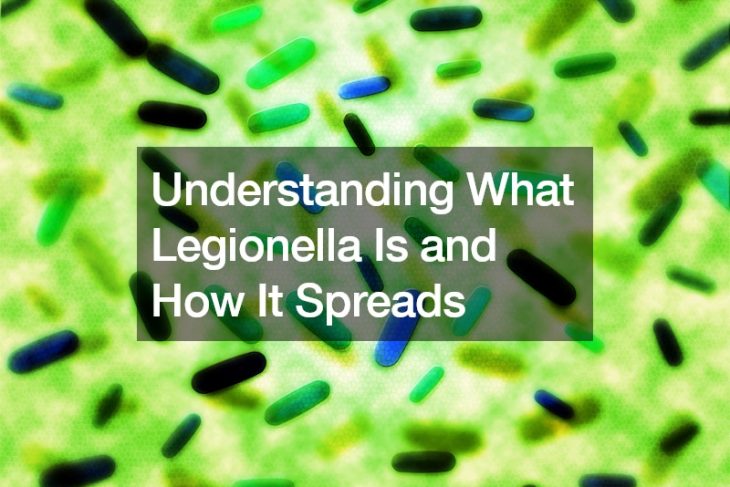
 For those with skin allergies, finding the right products can be a tricky process. But with a quick scan of the ingredients on a hypoallergenic label, you can generally make a well-informed purchase.
For those with skin allergies, finding the right products can be a tricky process. But with a quick scan of the ingredients on a hypoallergenic label, you can generally make a well-informed purchase.
Or can you?
A study by Northwestern University published in JAMA Dermatology found that many popular skin moisturizers that were labeled as “hypoallergenic” or “fragrance free” often were not. Northwestern Now reports that the study involved the top 100 best-selling moisturizers from Wal-Mart, Amazon, and Target.
The researchers found that 45% of the products labeled “fragrance free” had a botanical ingredient or a fragrance cross reactor, according to Northwestern Now. They also found that 83% of products labeled “hypoallergenic” actually have a potentially allergenic ingredient. For those with skin allergies, this could come as an unwelcome surprise.
Household allergy sufferers generally know what makes them sneeze and itch their eyes. Some need to be wary of mold. And with 2,000 dust mites lurking on one ounce of carpet, others needs to up their house cleaning. In situations of mislabeled ingredients, however, there is little people can do to safeguard their sensitive skin.
So, who is responsible for providing this detailed ingredient information? First author Steve Xu, resident physician in dermatology at Northwestern University Feinberg School of Medicine, told Northwestern Now that companies may need to form closer ties with dermatologists.
“If manufacturers did list all the ingredients, their labels would be 75 pages,” he said. “As it stands now, patients have a challenging time making an informed decision by glancing at the back of the bottle. Our study highlights that and aims to make that search easier on consumers by informing dermatologists.”
Researchers also found that “dermatologist-recommended” products were generally not that different from their competitors. They were, however, $0.20 more per ounce than the other products, according to the study.
“We looked into what it means to be ‘dermatologist-recommended,’ and it doesn’t mean much because it could be three dermatologists recommending it or 1,000,” Xu said.
As for the products that did make the cut, researchers found that 12% of the studied products were free of North American Contact Dermatitis Group allergens. The top three products that were both affordable and safe for skin were Ivory raw unrefined shea butter, Vaseline original petroleum jelly, and Smellgood African shea butter, according to Northwestern Now. To find their ideal products, Xu says that consumers need a change in mindset.
“We could recommend a moisturizer that has no allergy risk and is affordable and effective, but if the patient doesn’t like it, it’s a wasted recommendation,” he said. “We need to program into our minds to think differently and strike that fine balance between safe ingredients and user preference.”













